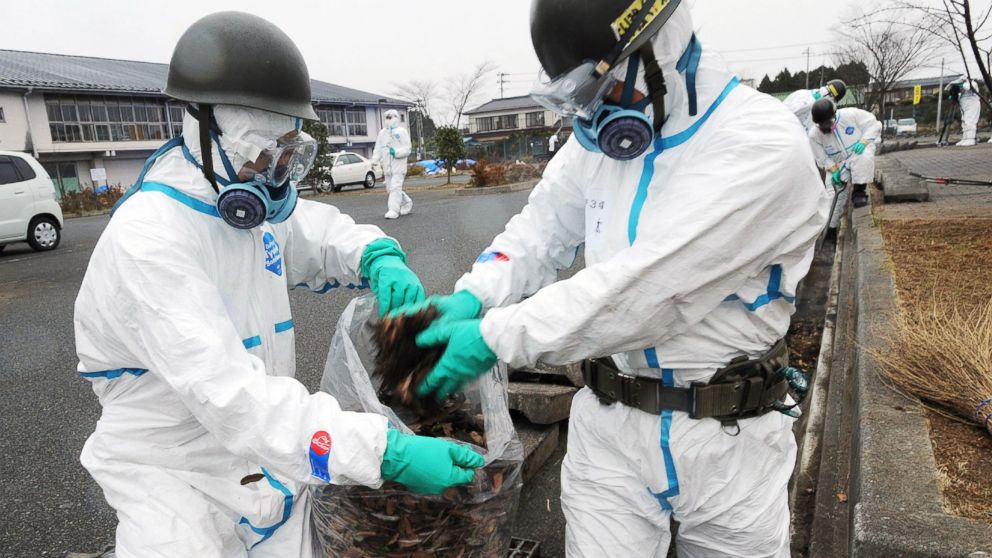Fukushima Radioactivity Detected on North American Shoreline
Radioactivity from the 2011 accident detected in British Columbia.

— -- Scientists have for the first time detected small amounts of radioactivity from the 2011 Fukushima nuclear reactor accident in Japan in a seawater sample from the shoreline of North America, the Woods Hole Oceanographic Institution reported Monday.
“Radioactivity can be dangerous, and we should be carefully monitoring the oceans after what is certainly the largest accidental release of radioactive contaminants to the oceans in history,” said Ken Buesseler, a marine chemist at the private nonprofit Woods Hole Oceanographic Institution based in Cape Cod, Mass., adding however that the levels detected were “extremely low.”
The sample collected on Feb. 19 in Ucluelet, British Columbia, contained trace amounts of cesium-134 and -137 that are believed to be below internationally established levels of concern to humans and marine life.
“If someone were to swim for 6 hours a day every day of the year in water that contained levels of cesium twice as high as the Ucluelet sample, the radiation dose they would receive would still be more than one thousand times less than that of a single dental x-ray,” according to a statement published by Woods Hole.
Samples have been collected at more than 60 sites along the U.S. and Canadian West Coast and Hawaii over the past 15 months, researches said. While radioactivity from Fukushima has been detected about 100 miles off the coast of northern California last November, nothing had yet been found along beaches or shorelines.
The group, who is also working with Japanese experts, expects to find more sites with detectable levels of cesium-134 in coming months, but warns that predicting the spread of radiation becomes more complex the closer it gets to the coast.




